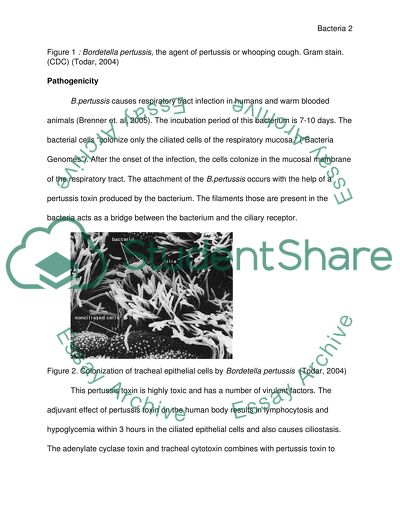Cite this document
(“Pertussis or Whooping Cough Research Paper Example | Topics and Well Written Essays - 1000 words”, n.d.)
Pertussis or Whooping Cough Research Paper Example | Topics and Well Written Essays - 1000 words. Retrieved from https://studentshare.org/biology/1435227-pertussis-whooping-cough
Pertussis or Whooping Cough Research Paper Example | Topics and Well Written Essays - 1000 words. Retrieved from https://studentshare.org/biology/1435227-pertussis-whooping-cough
(Pertussis or Whooping Cough Research Paper Example | Topics and Well Written Essays - 1000 Words)
Pertussis or Whooping Cough Research Paper Example | Topics and Well Written Essays - 1000 Words. https://studentshare.org/biology/1435227-pertussis-whooping-cough.
Pertussis or Whooping Cough Research Paper Example | Topics and Well Written Essays - 1000 Words. https://studentshare.org/biology/1435227-pertussis-whooping-cough.
“Pertussis or Whooping Cough Research Paper Example | Topics and Well Written Essays - 1000 Words”, n.d. https://studentshare.org/biology/1435227-pertussis-whooping-cough.


